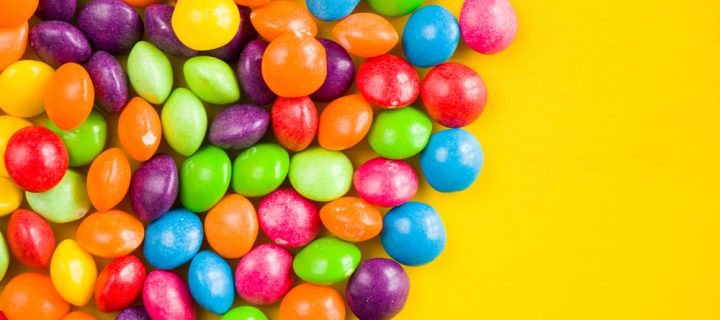Titanium dioxide is being banned in Europe this summer but it’s still permitted in foods in the US.
Skittles are a favorite candy for many people. These small, colorful tidbits rival M & M’s for their size and convenience. They’r also a competitor with other fruity candy for their tart, attractive flavor. Dating back to 1974 in Europe and 1979 in the US, Skittles have been inviting candy-lovers to “taste the rainbow” for decades.
While most consumers may likely think of these sugary delights as an innocent treat, some are now arguing they’re anything but. A class action lawsuit filed against Mars Inc., the company behind Skittles, is claiming the candy is “unfit for human consumption”. Why? Here’s a look.
Skittles contain titanium dioxide
The lawsuit, which has been filed in California by Jenile Thames, claims that Skittles are fit to eat for humans. This is because they contain high levels of titanium dioxide, also known as E171. This is a food additive that’s been identified as a possible carcinogen. As stated by the New Jersey Health Department, there really is no known safe level of exposure to any carcinogen. Titanium dioxide can irritate human eyes, as well as the nose and throat. If you inhale it, it can also hurt your lungs.
Related: How you can get a listeria infection from your ice cream
Titanium dioxide is on track to be banned in the European Union for use as a food additive this August. Experts claim it can also alter your DNA, resulting in genotoxicity. The substance is integral to producing the colors Skittles have become known for and Mars. Inc. expressed its desire to remove the additive in 2016, but has yet to do so.
What other foods expose you to titanium dioxide?
Titanium dioxide can be found in everything from plastics, to paint, cosmetics, and paper. Several foods contain the toxic substance including:
- Candies like Starbursts
- Jell-O
- Gum
- Pastries
- Heavily processed sauces
- Cake decorations
- Milk products
Chocolate, toothpaste, and sunscreen are also known to contain this inorganic substance. Titanium dioxide can be useful for elongating the shelf life of foods and giving them their vibrant color. In plastics, it can reduce fading and keep a material from becoming brittle over time and breaking.
The FDA currently states the amount of titanium dioxide in food in the US can’t exceed 1% of the item’s weight. Nonetheless, Thames says he didn’t realize Skittles contained the potentially toxic ingredient and that he wouldn’t have purchased them, had he known. The ingredients on the package are too hard to decipher and he didn’t realize what was really in the candy.
How class action lawsuits work
When it comes to benefiting from a class action lawsuit, you don’t have to do anything. The court will decide who fits within the definition of the class and people will be involved automatically. You can always opt out once you’re notified, of course, should you wish.
Sometimes, class action suits are available to people living in certain states and you’ll often get a notification in the mail if your area is involved. Thames is from a northern district in California and if you live in this area, keep an eye out.
The largest class action lawsuit in American history to date is the 1998 Tobacco Master Settlement Agreement, reaching USD $246 billion.
photo credits: Tai Dundua/Shutterstock.com












